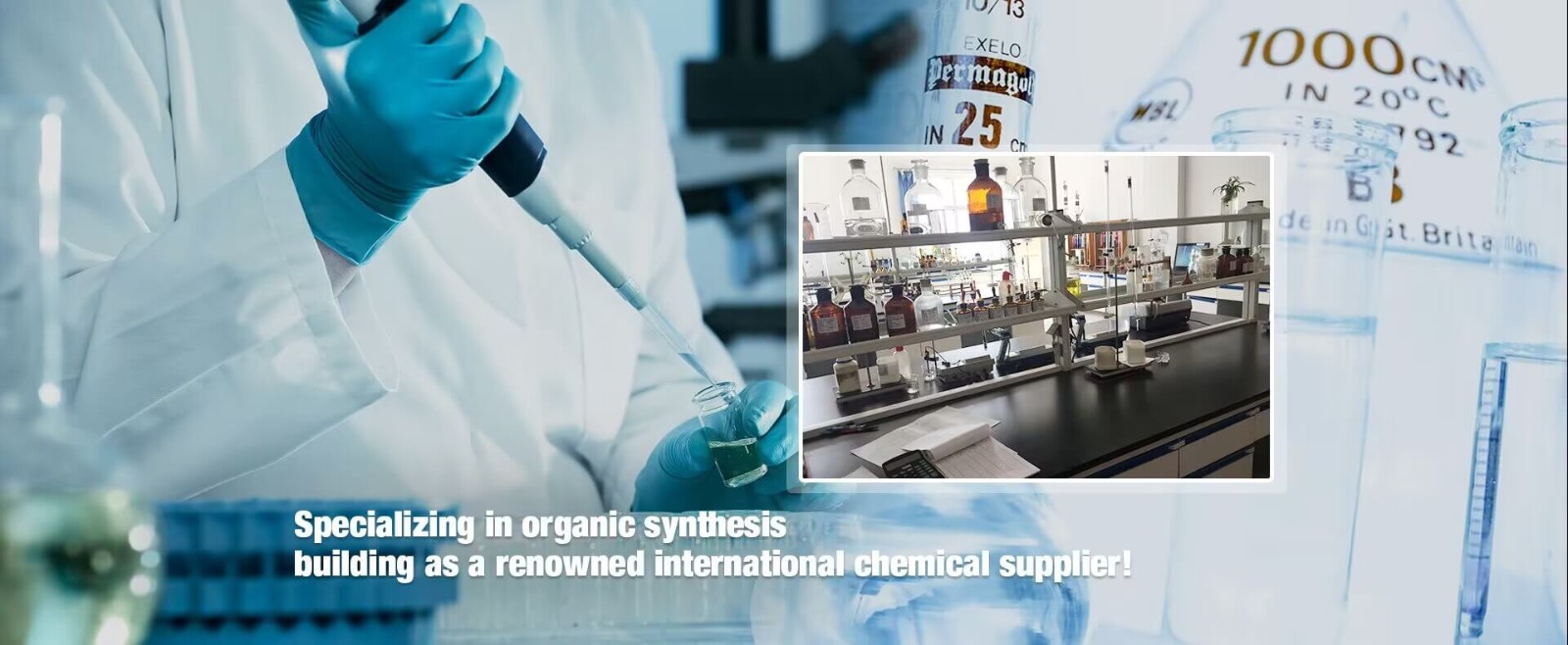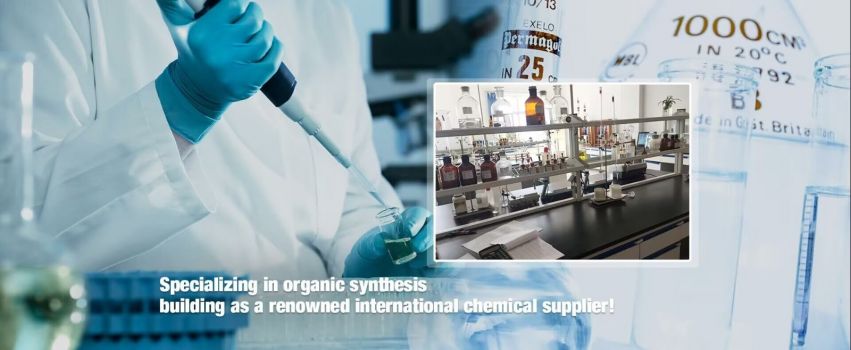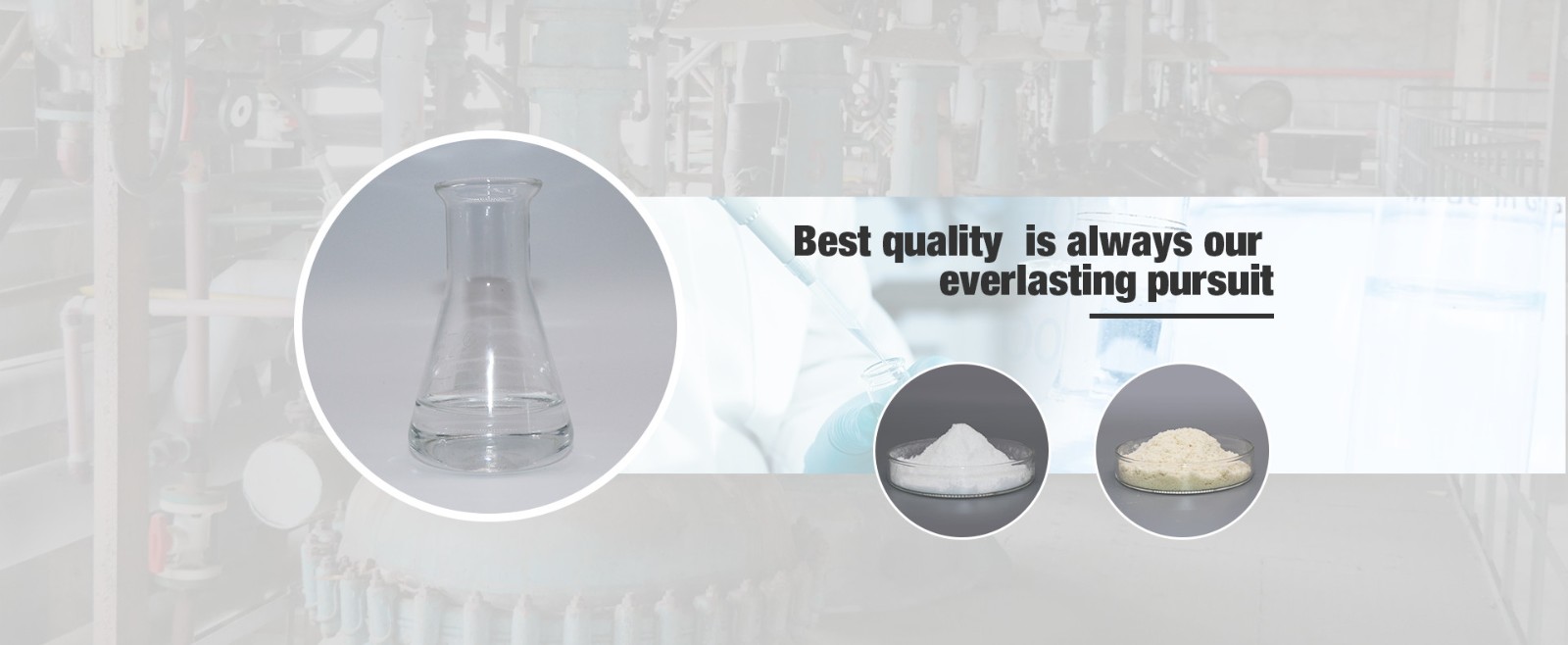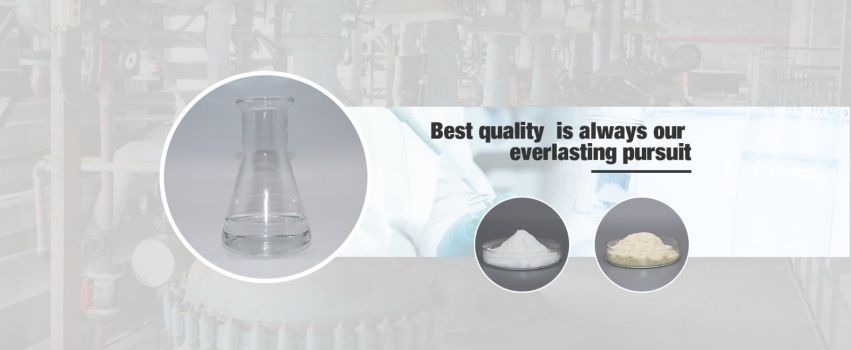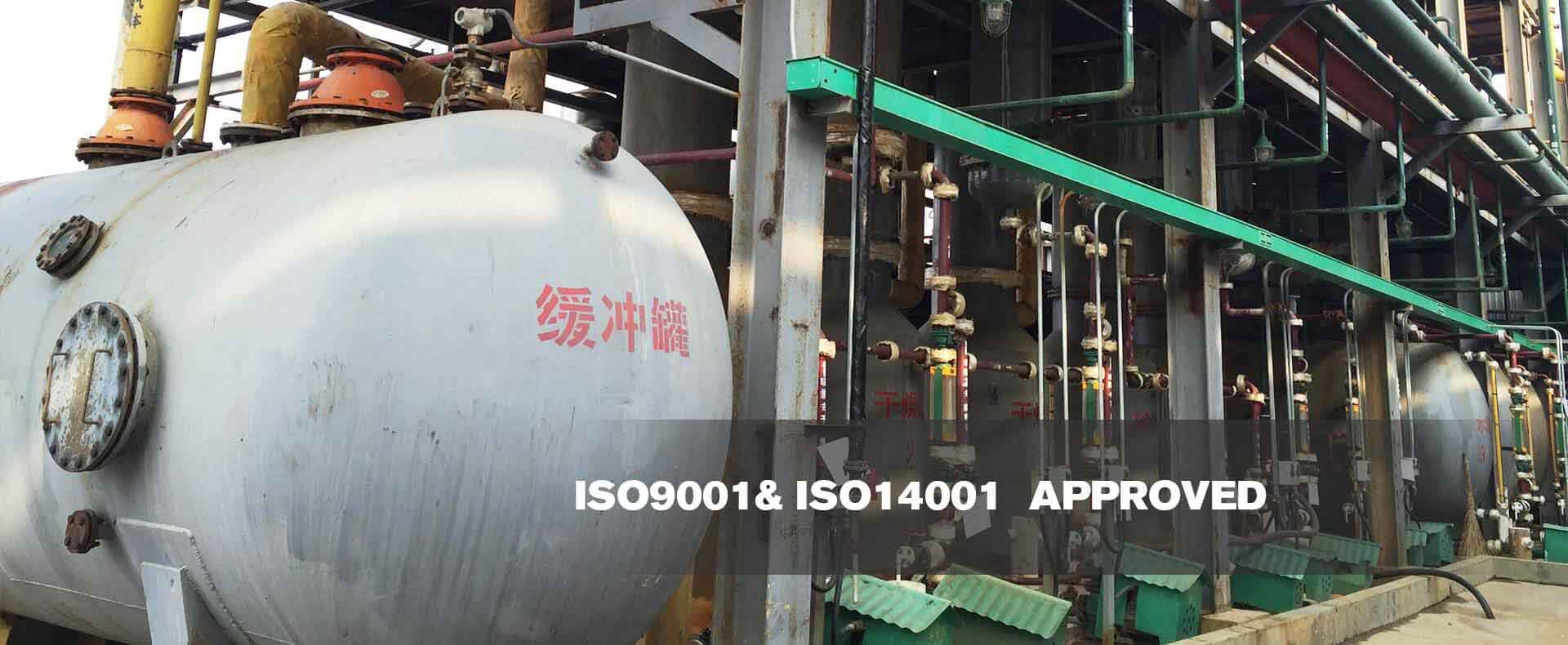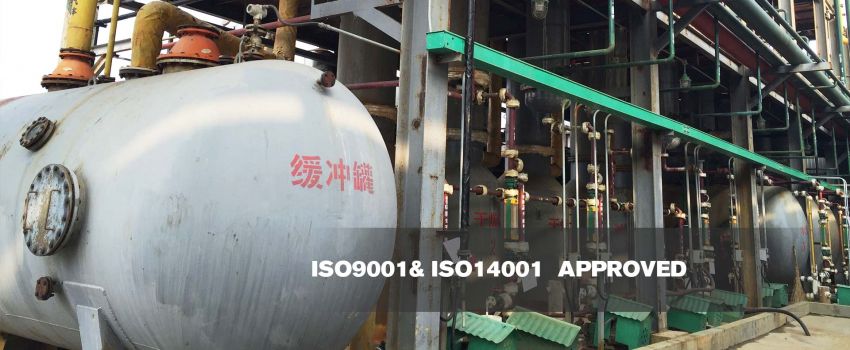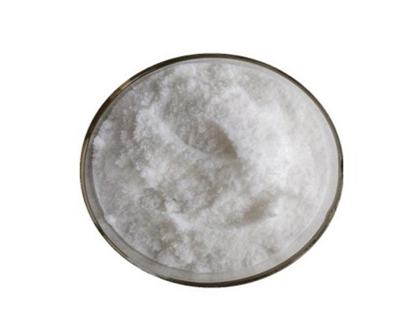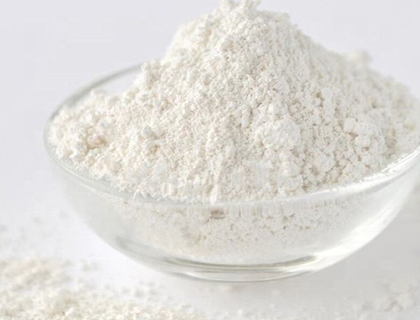How Sunscreen Is Made?
Apr. 06, 2022
Ever wonder how sunscreen is made? Many people don't realize that sunscreen is actually a science. In order for SPF to even be considered SPF, it has to be made in a lab. With chemists. There is a lot of other science that we will get into. So, in this new series called "Chemistry Lessons", we're going to "explore" some of the more scientific subtleties associated with sunscreen, starting with a fairly basic topic: its anatomy.
Today we'll tell you all about the anatomy of sunscreen - meaning all the ingredients that actually make SPF. We'll also tell you a little about our secret recipe in particular. So, let's get started!
The main ingredients of sunscreen
Generally speaking, any sunscreen lotion always consists of a combination of
Sunscreen active ingredients (26%): These are the ingredients that provide UV protection and they can be chemical (organic) or mineral (inorganic) in nature. In each formulation, we need to make sure that the sunscreen active ingredients we contain are stable to work together.
Liquids (54%): These are usually found in the form of water or oil.
Functional Ingredients (8%): Other ingredients that have unique uses as far as the nature of the formulation itself is concerned. They are things like emulsifiers, film-forming agents, preservatives or pigments.
Skin Protecting or Skin Nourishing Ingredients (12%): These ingredients are kind of like little cherries on your skin - they can act to moisturize or brighten your skin, or even filter things other than UV rays (blue light, pollution, etc.).
4-Butylresorcinol CAS 18979-61-8
Raw Materials of Sunscreen
Many combinations of synthetic and natural ingredients may go into the formulation of a single sunscreen. A formulation is generally geared towards a specific SPF rating or the needs of a specific consumer group.
Perhaps the best-known synthetic material used for protection against UVA rays is avobenzone, or Parsol 1789, which is used in products worldwide. Broad-spectrum protection is provided by other synthetic ingredients such as benzophenone and oxybenzone, which protect by absorbing UV light.
PABA (paraaminobenzoic acid) was once a popular UV-absorbing sunscreen ingredient, but it can cause skin irritation in some people and is now replaced by Padimate-O, a derivative of PABA. Other broad-spectrum synthetic ingredients are octyl methoxycinnamate and menthyl anthranilate.
What's in sunscreen?
Sunscreens are medicine. Just like over-the-counter medications, vaccines, and prescription drugs, they have active ingredients (substances that block UV rays) and excipients (substances that give sunscreens other properties such as consistency, water resistance, and odor).
Both active ingredients and excipients require approval from the Therapeutic Goods Administration. the TGA has a list of active ingredients and excipients that are allowed in sunscreens - each active ingredient has been shown to block UV rays, and all active ingredients and excipients have been shown to be safe to apply to the skin.
Any product claiming to be an SPF 15+ (or higher) sunscreen must contain at least one active ingredient in the correct concentration, and cannot have any ingredients that are not on the list. However, this still provides enough flexibility for manufacturers.
2,2'-Dihydroxy-4,4'-dimethoxybenzophenone CAS 131-54-4
2,2'-Dihydroxy-4,4'-dimethoxybenzophenone CAS 131-54-4 is a water-soluble neutral broad-spectrum benzophenone UV absorber with high absorption efficiency, non-toxic, non-teratogenic side effects, good light and thermal stability of UV absorbers, etc. It is the most commonly used light stabilizer, which is a class of substances that can strongly and selectively absorb high-energy UV light and perform energy conversion, releasing or consuming the energy in the form of heat or harmless low-energy radiation. It is mainly used in water-soluble chemical sunscreens, sunscreen creams, and lotions.
<Get quotes from top-rated pros>
Manufacturers can design sunscreens for many different therapeutic, functional, and cosmetic reasons. They can add compounds that have been shown to enhance the efficacy of active ingredients or the long-term protective effects on the skin. They can adjust ingredients for skin sensitivity. Or they can add polymers that are used to repel water, or remove moisture to turn sunscreens into more portable gels.
When designing new sunscreens, formulators first select active ingredients that are fit for purpose, then choose solvents that will keep those active ingredients stable, and then select additives that will affect the consistency and additional functionality of the sunscreen.
There are many differences between "mineral" sunscreens (containing inorganic actives such as zinc oxide and titanium dioxide) and "chemical" sunscreens (containing organic (carbon-containing) actives such as high salicylates or oxytetracycline).
All of these ingredients do a good job of blocking UV rays. But each of them can cause irritation or allergic reactions in some people, so it is important to have a range of options available for different people.
There is also evidence that some active ingredients are dangerous to coral reefs - by inhibiting the ability of organisms to absorb UV rays or accumulate toxic substances - which means that if you're going swimming, you may want to be more selective about the sunscreen you use. Non-nano or trace amounts of titanium dioxide and zinc oxide are considered to be safe for coral reefs.
Where to Buy Cosmetics Raw Materials?
As an ISO 9001 qualified company, we are mainly specialized in producing high quality but low price Pharmaceutical intermediates, APIs, synthetic intermediates, as well as some materials in dyes industries, almost half of the goods are for export. Let us help you find suitable cosmetics raw materials for your project. When you contact us, please provide your detailed requirements. That will help us give you a valid quotation.
-
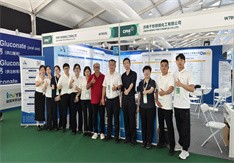
Qinmu's CPHI China 2025 Exhibition Ends Perfect
Jul. 01, 2025
-

CPHI & PMEC China (Shanghai) 2025 --- we are coming!
Mar. 14, 2025







